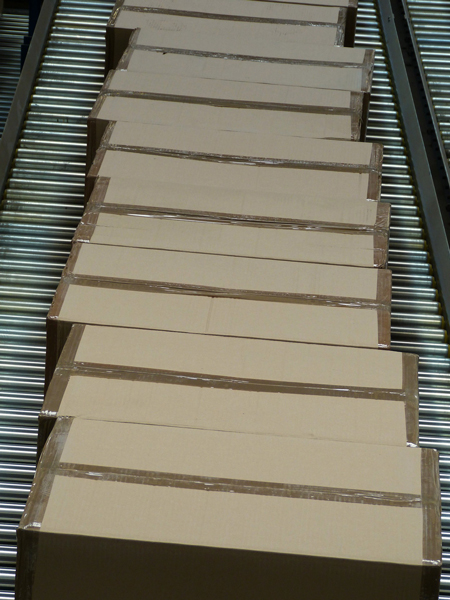
In manufacturing, during the product development process, the design in particular, can be key to a project’s success. The product not only needs to be functional but generally must look good too. This is where the expertise of a talented and experienced design engineer is relied upon to aid a product’s journey, which begins as a concept design, changes into a physical prototype and makes its way onto the conveyor on the production line and eventually out of the factory.
New product development is happening all the time to either keep up with other options on the market from industry competitors, or by keeping pace with servicing customers’ developing needs. But it is the role of the design engineer to design a product or component that is both innovative and practical. Known as the Design for Manufacturing (DFM) concept, and predominantly associated with mass produced items, the main goal of a designer is to design a product or component that is more easily produced and therefore the overall cost of manufacture is reduced. Thus DFM can be said to force innovation through new solutions, alternative materials, or by reducing the number of components required for example.
DFM can be regarded as more important than it has ever been, given we are in the middle of a pandemic which has resulted with sky rocketing costs. This is especially prevalent in the areas of raw materials and paying for energy used to produce an item and get it on the conveyor again.

